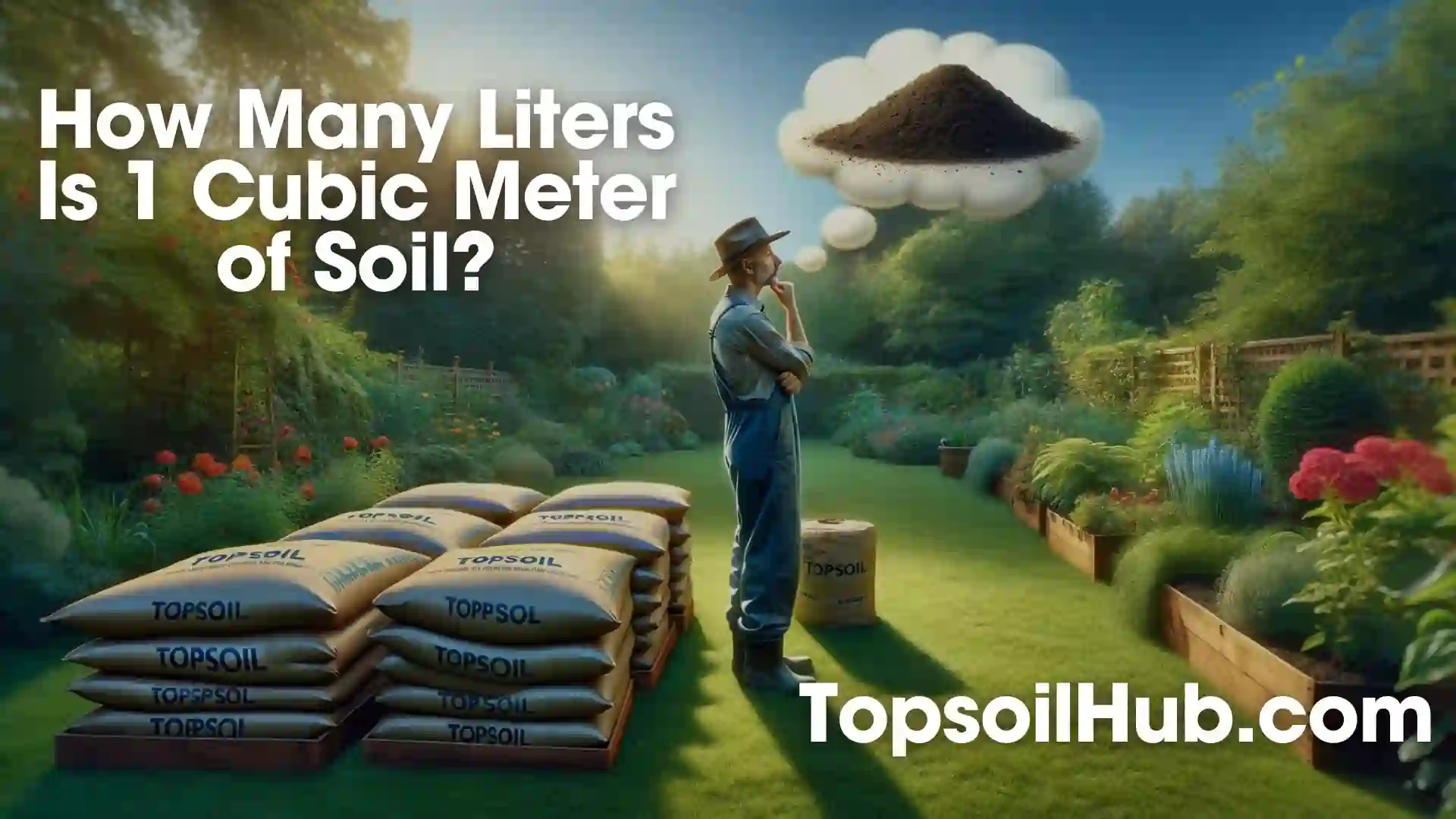Can You Plant Abelia Kaleidoscope in All Topsoil?
Imagine having a shrub in your garden that changes its colors like a kaleidoscope throughout the seasons. Sounds amazing, right? Well, that’s exactly what Abelia Kaleidoscope can do for you. But before you get too excited, there’s one thing you need to know: can you plant abelia kaleidoscope in all topsoil? Let’s find out.
What is Abelia Kaleidoscope?
Abelia Kaleidoscope is a stunning evergreen shrub that features variegated foliage that changes color throughout the seasons, from golden yellow in spring to orange-red in fall. It also produces small white flowers in summer that attract hummingbirds and butterflies. Abelia Kaleidoscope is a specific Abelia x grandiflora hybrid cultivar that originated from a cross between Abelia chinensis and Abelia uniflora. It is a smaller dwarf cultivar that reaches a size of about 3 to 6 feet (1-2 m.) in both height and width, and it blooms all summer long.
Can You Plant Abelia Kaleidoscope in All Topsoil?
No, you cannot plant Abelia Kaleidoscope in all types of topsoil. Abelia Kaleidoscope has specific soil requirements and will not thrive in topsoil that is too acidic, alkaline, sandy, clayey, compacted, or nutrient deficient. The ideal topsoil for Abelia Kaleidoscope is slightly acidic to neutral loam that is well-draining and enriched with organic matter.
Before planting, it’s important to test your topsoil’s pH, texture, and nutrient levels. You may need to amend your existing topsoil with compost, peat moss, sand, lime, or fertilizer to create the ideal growing medium. Abelia Kaleidoscope can be particular about soil conditions, so make sure to prepare the topsoil properly before planting this shrub. With the right amendments and care, you can help Abelia Kaleidoscope flourish in your landscape.
What are the Ideal Conditions for Abelia Kaleidoscope?
Abelia kaleidoscope prefers a well-drained, moist, and fertile topsoil that is slightly acidic to neutral (pH 6.0 to 7.0). It can tolerate some clay or sand, but not too much. It also benefits from some organic matter, such as compost or manure, to improve its nutrition and water retention. Abelia kaleidoscope grows well in both cool and warm areas throughout USDA Zones 6 to 9. In Zones 6 to 7, it will be semi-evergreen, while in Zones 8 and 9, it will survive as an evergreen throughout the winter. Abelia kaleidoscope can adjust to a range of temperatures, but the ideal range is between 60 and 75ºF.
It can survive in temperatures as low as -10ºF, but hard frosts will cause damage. Abelia kaleidoscope needs low to medium humidity and can handle some drought. Abelia Kaleidoscope likes full sun but can tolerate partial shade. However, too much shade will reduce its flowering and foliage color.
What are the Benefits of Abelia Kaleidoscope?
Abelia kaleidoscope has many benefits for your garden, such as:
- It provides year-round interest with its changing foliage colors and long flowering period.
- It is easy to grow and care for, with minimal pruning and fertilizing needs.
- It is tolerant of most soil types and at least some drought.
- It is non-toxic to pets and humans.
- It attracts beneficial pollinators like hummingbirds and butterflies.
How to Test and Amend Your Topsoil for Abelia Kaleidoscope?
Before you plant Abelia kaleidoscope in your garden, you should first test your topsoil to see if it meets the requirements for this shrub. You can use a soil test kit or send a sample to a laboratory for analysis. You should check the following parameters:
1. pH:
The ideal pH range for an abelia kaleidoscope is between 6.0 and 7.0. If your topsoil is too acidic (below 6.0), you can add lime to raise the pH. If your topsoil is too alkaline (above 7.0), you can add sulfur to lower the pH.
2. Texture:
The ideal texture for an abelia kaleidoscope is loamy, which means it has a balanced mix of sand, silt, and clay particles. If your topsoil is too heavy (too much clay), you can add sand or perlite to improve the drainage and aeration. If your topsoil is too light (too much sand), you can add compost or peat moss to improve water retention and nutrient availability.
3. Nutrients:
The ideal nutrient level for abelia kaleidoscope is moderate, which means it has enough organic matter and minerals to support plant growth. If your topsoil is too poor (low in organic matter or minerals), you can add compost or manure to enrich the soil. You can also add some slow-release fertilizer at planting time and during the growing season.
How to Plant Abelia Kaleidoscope in the Ground or in Pots?
Once you have prepared your topsoil for abelia kaleidoscope, you can plant it either in the ground or in pots. Here are some steps to follow:
- Choose a location that gets at least six hours of sun per day and has good drainage.
- Dig a hole that is twice as wide and as deep as the root ball of your abelia kaleidoscope plant.
- Loosen the roots of your plant gently and place it in the center of the hole.
- Fill the hole with the amended topsoil and press it firmly around the roots.
- Water your plant thoroughly and add some mulch around the base to conserve moisture and prevent weeds.
- If you are planting in pots, choose a container that is at least 12 inches in diameter and has drainage holes. Use potting soil that is specially formulated for shrubs and follow the same steps as above.
How to Care for Abelia Kaleidoscope?
Abelia Kaleidoscope is a low-maintenance plant that only needs some basic care to thrive in your garden. Here are some tips on how to care for abelia kaleidoscope:
- Water your plant regularly, but not too much. The soil should be moist but not soggy. You can check the soil moisture by inserting your finger into the soil up to the second knuckle. If it feels dry, water your plant. If it feels wet, wait until it dries out a bit. You may need to water more often in hot or dry weather and less often in cold or wet weather.
- Fertilize your plant sparingly, but not too much. Abelia kaleidoscope does not need a lot of fertilizer, as it can cause excessive growth and reduce its flowering and foliage color. You can apply a slow-release fertilizer once in early spring, once in summer, and once in late summer. Follow the instructions on the label, and do not overfeed your plant.
- Prune your plant occasionally, but not too much. Abelia kaleidoscope does not need a lot of pruning, as it can cause loss of flowers and foliage color. You can prune your plant lightly in early spring to remove any dead or damaged branches and to maintain its shape and size. You can also deadhead the spent flowers regularly to encourage more blooming. Do not prune your plant after the growing season has started, as you will remove the new growth and flower buds.
- Protect your plant from frost, but not too much. Abelia’s kaleidoscope can handle some frost but not severe cold. If you live in a region where the temperature drops below -10ºF, you may need to protect your plant from frost damage. You can cover your plant with a frost cloth or move it indoors if it is in a pot. Do not use plastic or other materials that can trap moisture and cause rotting.
Abelia Kaleidoscope is a versatile and colorful shrub that can add beauty and interest to your garden all year round. However, it does require some care and attention to thrive in different types of topsoil. By following these tips, you can ensure that your abelia kaleidoscope will grow healthy and happy in your garden.
Conclusion:
In conclusion, you cannot plant Abelia Kaleidoscope in all types of topsoil. This eye-catching shrub has specific soil requirements and will only thrive in the right conditions. The ideal topsoil for Abelia Kaleidoscope is slightly acidic to neutral loam that drains well and contains organic matter. Before planting, it is crucial to test your existing topsoil and amend it as needed to create the proper pH, texture, and nutrient levels. With the right preparation and care, you can help Abelia Kaleidoscope flourish with its colorful foliage and abundant blooms.
Interested in learning more about creating the perfect topsoil for your garden? Visit our website, topsoilhub.com, for helpful guides tailored to your region and soil needs. Happy gardening!







